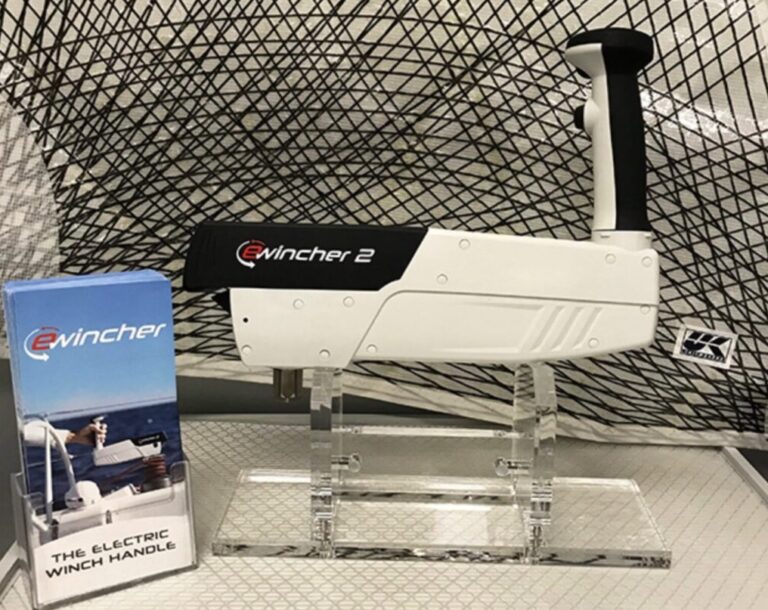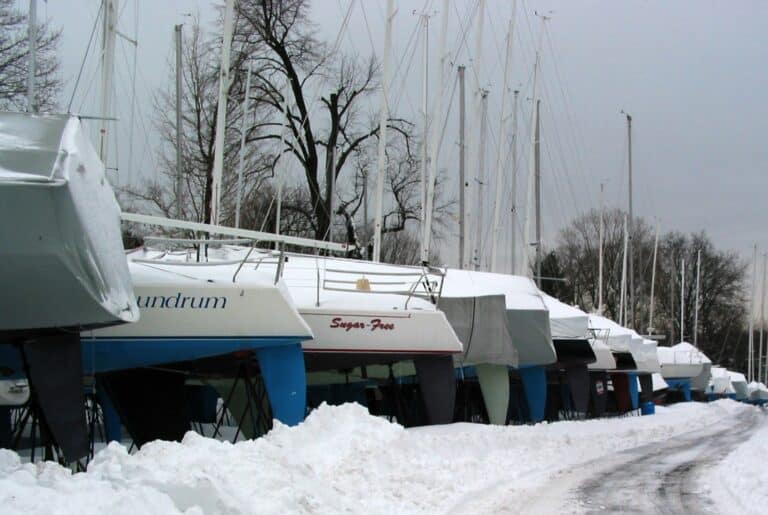One of the major challenges of any upwind leg, is seeing the big picture and regardless of where you are in the fleet and making the right choices. At any given moment there’s a decision to make…are we doing the right thing…what are the options? Let’s explore that concept a bit and see if we can identify a handful of tips that can help us sail our best upwind leg.

Let’s begin with a simple, obvious statement of priority: Clear air is always going to be number one. If you’re sailing at four knots and other boats are sailing at five, there’s no way to massage that discrepancy into anything very positive. So, find clear air and do your best to keep it. In a less than ideal position? My goal is still to always focus on sailing as fast as possible, don’t pinch or over-trim. Trying to sail higher or squeeze out of dirt more often leads to losing more distance. If anything, other than normal sailing mode, put your bow down a bit, crack sheets slightly, try to maximize your speed through the water, all the while looking for a possible avenue to clear air. Another suggestion; Avoid tacking while slow or in dirty air. Admittedly, this is sometimes difficult, but a down-speed tack in less air than the competition, is seldom the recipe for gaining places within the fleet. There are, as always, exceptions to any rule of thumb.
Seeing the big picture is the key, and when racing in tidal waters, current considerations are always near the top of any right strategy or tactics list. There will be races when totally clear air is difficult to find and living, surviving in a less than perfect lane is the best move. Playing this game successfully is in part about knowing your boat and choosing the right mode…normal upwind, footing or high point. Making that choice may relate to staying in the good current or getting to better current as soon as possible. Every boat type will have an upwind sweet spot for a particular condition, so targeting that is the goal but it’s not always possible…living in a narrow lane then becomes an important tool to have in your repertoire. Best advice I have for sharpening that skill is to practice it as often as possible, and club races provide the perfect venue. Instead of giving up on a poor lane right away, go through the process of surviving. This requires good communication between the helmsperson and the trimmers, a conversation that should include relative speed to nearby boats, sail trim, pressure, boat angles and of course what the immediate and big picture goals are. “We’re trying to live above this guy, give me a click of jib, nice.” Or “Can’t live here, Putting the bow down, see if we can foot through.”

A part of every discussion should include a reminder and reinforcement of where the best pressure is. “More pressure still to the right, also better current. The layline is coming up quickly, we need to sail fast and live for another minute, prefer to lead back, rather than overstand.”
Painting a picture keeps everyone in the crew focussed and on the same page. Of course, for all of this to work, you’ll need a well-prepared boat, good crew work and great sails.








Hi…what exactly does “Put the Bow Down mean”? Thank you.
Great article…pictures look good too